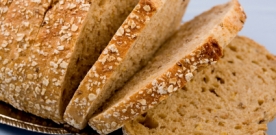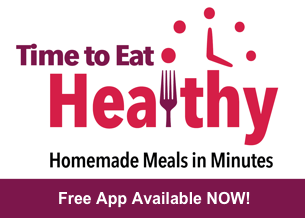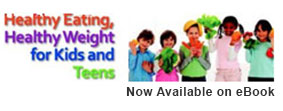Is Your Bread a Winner?
By: Jodie Shield, RD
Here’s the scenario: This school year you want to buy whole-grain breads for your kids’ sandwiches so you’re perusing the grocery aisle. You glance at the packages and pick which of the following as the most nutritious option: (a) naturally stone-ground wheat bread, (b) light-style seven-grain bread, (c) multigrain pita pockets, (d) 100 percent wheat bread fortified with calcium, (e) enriched English muffins with oat bran?
How many did you circle? Two? Three? The correct answer is zero. All of the choices sound healthy, but not a single one is 100 percent whole grain – your number-one priority. Why? Studies repeatedly suggest that eating whole-grain breads can help kids and adults lose weight and reduce risk of heart disease, stroke, colon cancer, and diabetes.
Whole-grain breads are made with the “whole” grain, or all three parts of the grain kernel, including the endosperm, which provides carbohydrates and protein; the germ, which provides B vitamins, antioxidant vitamin E, and disease-fighting phytonutrients; and bran, which which provides fiber along with other B vitamins and minerals.
Wheat breads can be wither white or brown – the brown color has nothing to do with fiber; it’s just coloring – and are made from refined wheat flour. Here are some tips to help your pick a whole-grain bread winner:
Read the fine print. Many breads list “100 percent whole grain” on the front of the package or display a 100% whole grain seal. If not, the best way to determine whether your bread is 100 percent whole grain is to scan the product’s ingredients list. Make sure whole or whole grain is listed before ingredients such as wheat and barley. Also, scan through the Nutrition Facts and make sure your bread has at least 3 grams of fiber per serving. However, just because a bread is high in fiber, doesn’t mean it’s whole grain.
Check the fat. While you may not think of bread as a fat trap, certain oils can ratchet up the grams. Choose breads that provide no more than 2 grams of fat per serving. Also, watch out for cholesterol-raising trans fats lurking in your loaf. Scan the ingredients list for hydrogenated or partially hydrogenated, words that signal the presence of trans fat. The Nutrition Facts will also provide you with a breakdown of the bread’s total fat content.
Don’t be fooled. Some manufacturers are adding nutrients, such as calcium, zinc, and soy protein, to their breads. While these nutrients give a heath-food-sounding spin to any loaf, don’t be swayed by the hype. Unless the bread is also a whole-grain choice, put that loaf down.
Whole grain breads are the healthiest option for your family. No loafing allowed! Follow these tips and your family will be enjoying a delicious whole-grain sandwich this school year!






